H. 68 cm; W. 53 cm
This delicate painting, depicting the penitent Saint Mary Magdalene, is inspired by the work of Gortzius Geldorp 1553-c.1618, preserved at the Mauritshuis Musem in The Hague.
Mary Magdalene, "apostle to the apostles."
Mary Magdalene is an emblematic figure of Christianity, often referred to as "the apostle to the apostles" by several Church Fathers.
A repentant sinner endowed with great wealth, she participated in the expansion of Jesus' popularity and the propagation of his faith.
She appears numerous times in the Old Testament, notably as a witness to the death and resurrection of Christ, or as the figure of the repentant sinner. The iconography of the saint is then very rich, and she is an important source of inspiration for painters.
In the 16th century, when the church wanted to promote the sacrament of repentance and humility, the figure of Mary Magdalene was used as a means to illustrate and glorify them.
The popularity of this subject during the 16th and 17th centuries can also be attributed to the contrast it elicits, between devout emotion, which inspires spiritual elevation, and the eroticized representation of the body, which arouses desire.
A devotional painting
It is this aspect that the artist, following Geldorp's model, wanted to highlight in his representation.
The saint appears naked, her long hair falling over her shoulders. She is still adorned with her jewels, but folds her hands over her chest as a sign of humility, a gesture popularized by Titian and which has become central to the iconography of the Saint.
Mary Magdalene's gaze is turned towards the heavens, and her head is surrounded by a halo.
The dark background and the bust representation are characteristic of Geldorp's style and also appear in his portraits. While our work is, from a formal point of view, faithful to Geldorp's painting, it stands out for its style, which is largely influenced by Northern Mannerism.
Gortzius Geldorp and his posterity
Although Gortzius Geldorp enjoyed great success during his lifetime, information about his biography and artistic legacy remains incomplete.
A pupil of Frans Francken the Elder (1542-1616), then of Frans Pourbus the Elder (1545-1581) in Antwerp, he attracted the favor of the diplomat Carlos of Aragon y Tagliavia, Duke of Terranuova, who took him into his service. Geldorp accompanied him to Italy, then to Cologne, where he established himself as a portrait painter. He quickly became a key painter and his paintings were found everywhere on the walls of the houses of the bourgeoisie and the nobility, as well as in churches.
His reputation transcended borders, as suggested by the dissemination of his work through the engravings of Crispijn de Passe (c.1564-1637), or Peter Isselburg (c.1568-c.1630).
Several copies of his Mary Magdalene circulate on the art market, ours standing out for the harmony and delicacy that characterize the composition. It is perhaps the work of a Flemish artist who traveled to Germany in the 17th century, or who was in contact with one of the copies in circulation.
We can compare our painting to a color engraving by Jacob Christoph Le Blon (1667-1741) [see illustration].
Provenance:
Probably Lepke sale, Berlin, May 8, 1917
Bibliography:
Franken, Daniel, The engraved work of van de Passe, ed. Rapilly, Paris, 1881.
Hollstein, FWH, Stijnman AD, Wyld, Helen, Turner Simon (ed.), The New Hollstein Dutch & Flemish Etchings, engravings and woodcuts 1450-1700, Jacob Christof Le Blon and trichromatic printing, Part. I, ed. Sound and vision Publishers, Ouderkerk aan den Ijssel, 2020.
Veldman, Ilja M. “Keulen Als Toevluchtsoord Voor Nederlandse Kunstenaars (1567-1612).” Oud Holland, vol. 107, no. 1, 1993, pp. 34–58. [JSTOR, http://www.jstor.org/stable/42711414. Accessed 24 June 2025].
Good overall condition. Canvas mounted on wood panel. Old restorations.


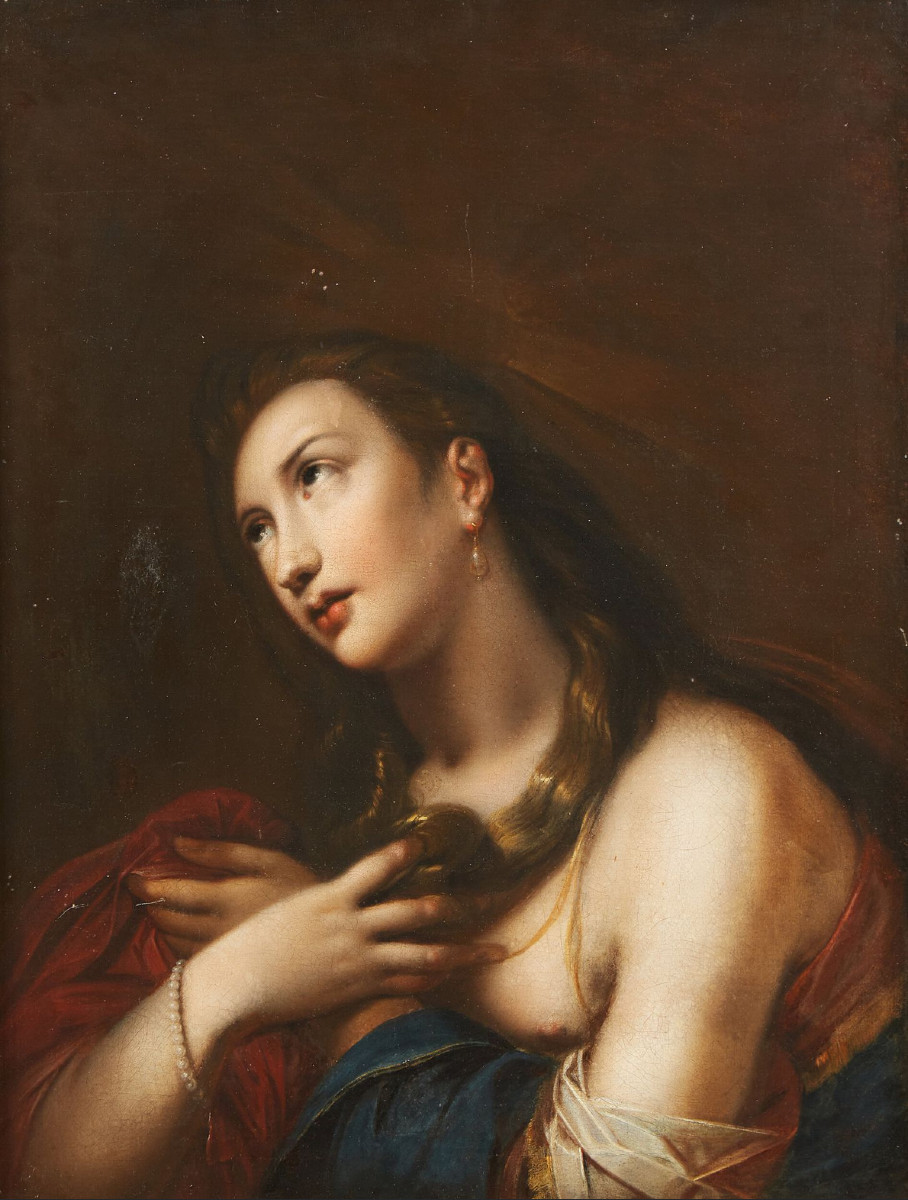
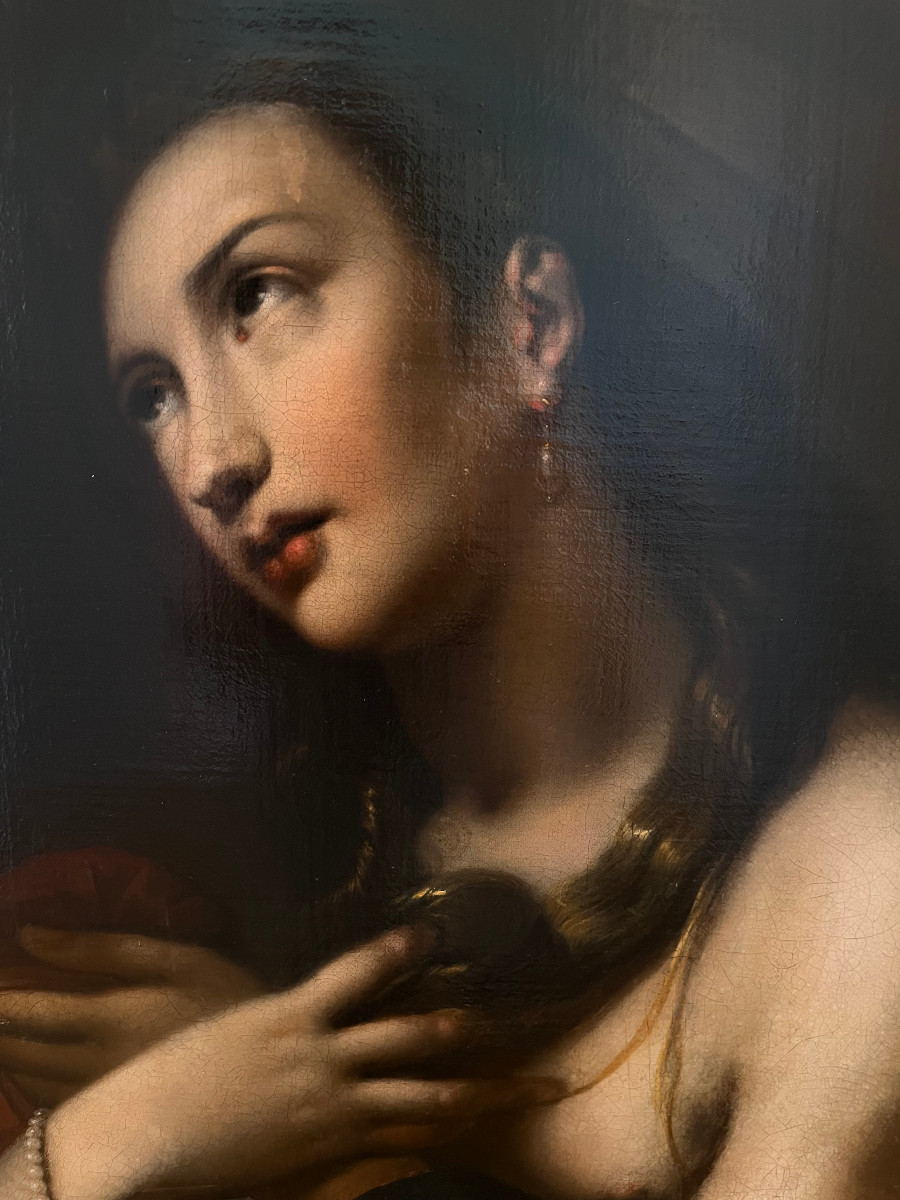













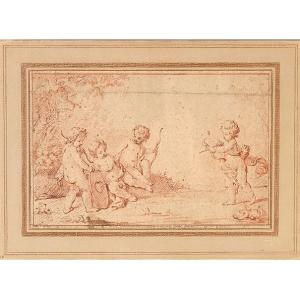



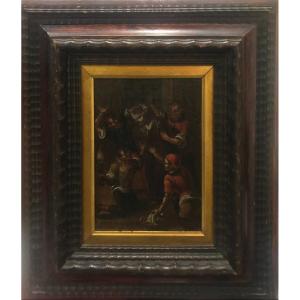
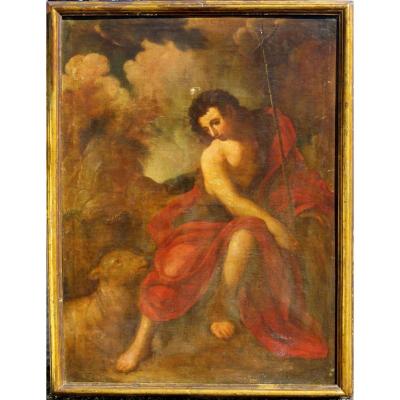
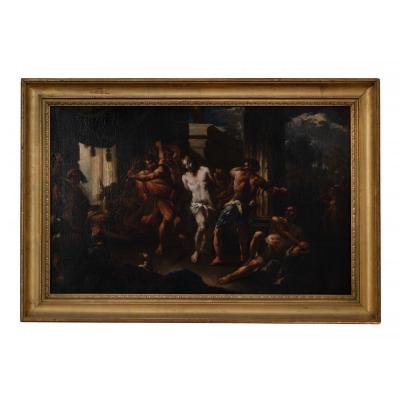





 Le Magazine de PROANTIC
Le Magazine de PROANTIC TRÉSORS Magazine
TRÉSORS Magazine Rivista Artiquariato
Rivista Artiquariato